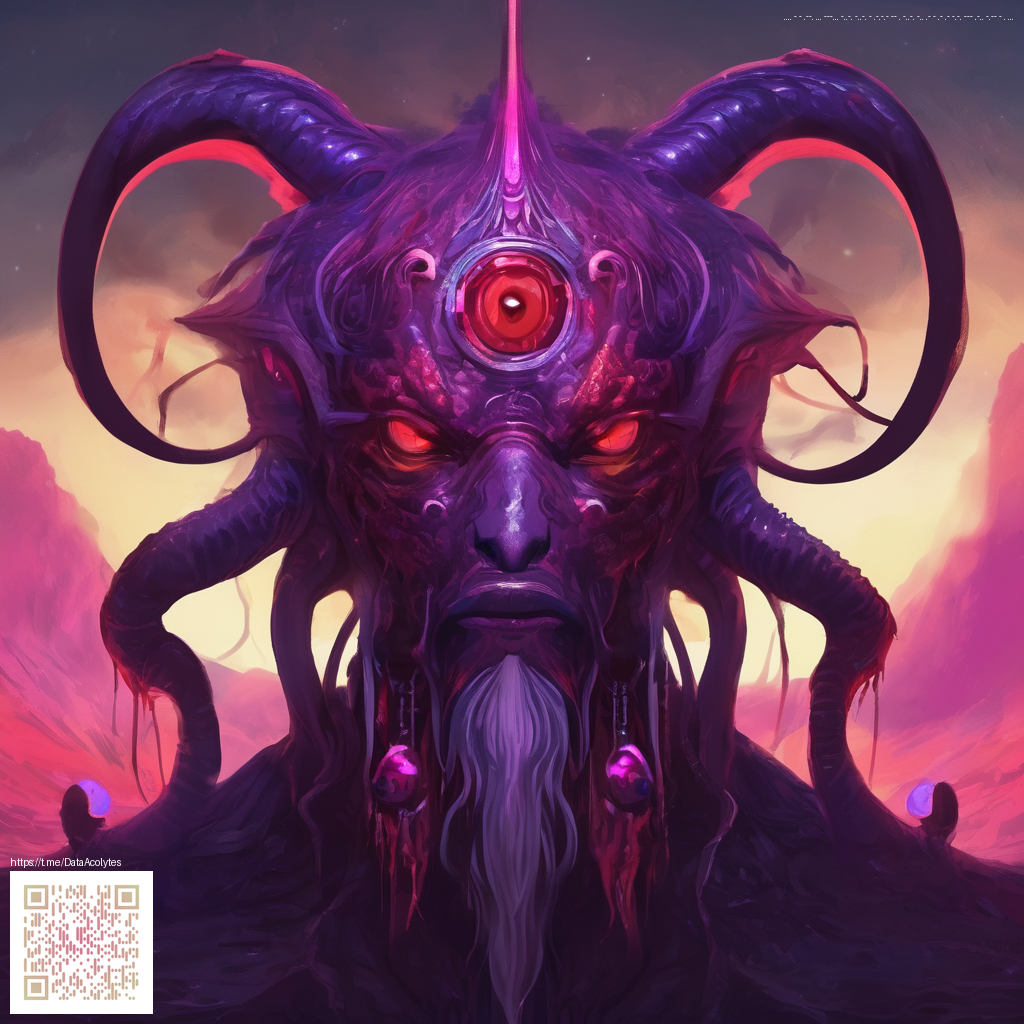
Understanding User Personas for Digital Products
In the world of digital product design, personas are more than just drawings; they're a compass that keeps teams aligned with real user needs. They help translate abstract goals into purposeful features, content, and flows. When you craft personas with data, you avoid the two biggest enemies of product-market fit: assumptions and guesswork. 🚀 Personas turn chaos into clarity, guiding decisions from onboarding copy to feature prioritization and beyond. 💡
Persona work isn't a one-and-done exercise. It's an ongoing conversation between user research, product strategy, and design. The aim is to create a living profile that someone in marketing or engineering could reference during a planning session. It should be vivid enough that a team can imagine a day in the life of "Alex the Pro Gamer" or "Maya the Remote Designer" and understand what they want from a digital product. 🎯
What makes a strong persona?
- Demographics: age, location, job role, and tech comfort. For a hardware product like the Rectangular Gaming Mouse Pad Non-Slip Rubber Base 1/16 Inch Thick, you might imagine a desk setup that blends a high-performance rig with a tidy home office. 🧭
- Goals: what outcome they want, e.g., precision, speed, comfort. 💡
- Pains: frustrations the product should alleviate, such as slipping, inaccurate tracking, or wrist strain. 😖
- Behaviors: how they navigate software, what devices they use, and when they shop. 🛒
- Environment: work setting, noise levels, lighting, and even personality traits that influence decision-making. 🌐
- Motivation: what drives their choices—performance, aesthetics, value. 🔋
“A persona without data is just a story; a persona with data becomes a blueprint.”
A practical workflow: from data to personas
Start with qualitative interviews and quantitative analytics to surface patterns. Then cluster findings into archetypes such as "Competitive Coder," "Casual Collaborator," and "Weekend Streamer." Each archetype should have a clearly defined job-to-be-done: what action they want to accomplish and why it matters to them. You don't need to describe every detail of every character—focus on those attributes that drive product decisions. 🧭
As you iterate, give each persona a name, a face, and a brief narrative. A memorable name helps cross-functional teams refer to them without slipping into abstract jargon. Include a short scenario that shows how the persona interacts with your product in a real moment. This is what your UX, content, and marketing teams can rally around. 🧑🤝🧑
Applying personas to digital product design
Personas influence everything from onboarding copy to feature prioritization. When you design the first-time user experience, think about what matters to each persona. For a product like a gaming mouse pad, you might tailor messaging toward grip stability for competitive players or comfort and portability for mobile-streaming creators. The goal is to map user needs to measurable outcomes—time saved, fewer wrist pains, better accuracy. ⏱️
Use personas to test hypotheses during usability studies. If you hypothesize that a "Pro Gamer" persona needs a lower-friction glide, you can prototype variants and observe their impact on metrics like task success rate and time-to-completion. The persona becomes a stand-in for a real user during early-stage feedback cycles. 🧪
Case in point: a practical example
Consider the Rectangular Gaming Mouse Pad Non-Slip Rubber Base 1/16 Inch Thick. It's a product that sits at the intersection of comfort, control, and durability. While I won't enumerate every specification here, imagine how different personas would perceive it. A competitive gamer might value absolute stability and a consistent glide, while a remote designer may prioritize a clean surface and a height that keeps wrists in a neutral angle during long sessions. For practitioners, it's useful to browse the product page for reference: https://shopify.digital-vault.xyz/products/rectangular-gaming-mouse-pad-non-slip-rubber-base-1-16-inch-thick. The key takeaway is that even a seemingly simple accessory has multiple personas that could influence how you frame messaging, packaging, and post-purchase support. 🧭🎯
Real-world dashboards often show that design teams who integrate personas into backlog grooming produce roadmaps with clearer rationale. When a feature request comes in, teams can answer: which persona is this for? how does this address their pain? does it move the needle on a defined metric? The answers drive prioritization, not guesswork. 💬
A quick note on accessibility and inclusion
“Good personas also consider accessibility—what if a user has limited vision or tactile feedback needs? Design should be inclusive from the start.”
Inclusive personas ensure you’re not engineering for one narrow kind of user. For digital products used daily, this means considering color contrast, keyboard navigation, screen reader labels, and the way information is chunked. Accessibility should not be an afterthought; it’s part of responsible product stewardship. 🌈
Practical tips to start today
- Collect real-world data from support tickets, community forums, and analytics to identify recurring user goals. 📈
- Draft 3–5 archetypes, each with a vivid name and a one-line job-to-be-done. 🧭
- Link each persona to at least two product decisions you’re ready to validate in the next sprint. 🗺️
- Test messaging through onboarding screens and help content tailored to the persona’s language. 🗨️
If you’re curious about how one product category translates into personas, you can also explore content hosted on a hub: https://x-landing.zero-static.xyz/index.html. This page houses practical frameworks that teams have used to connect user stories with product decisions. 🌐
By combining data-driven insights with vivid storytelling, you’ll create personas that guide design, development, and marketing in a cohesive direction. The end result is a digital product that feels tailor-made for its users, not a one-size-fits-all solution. 🛠️✨